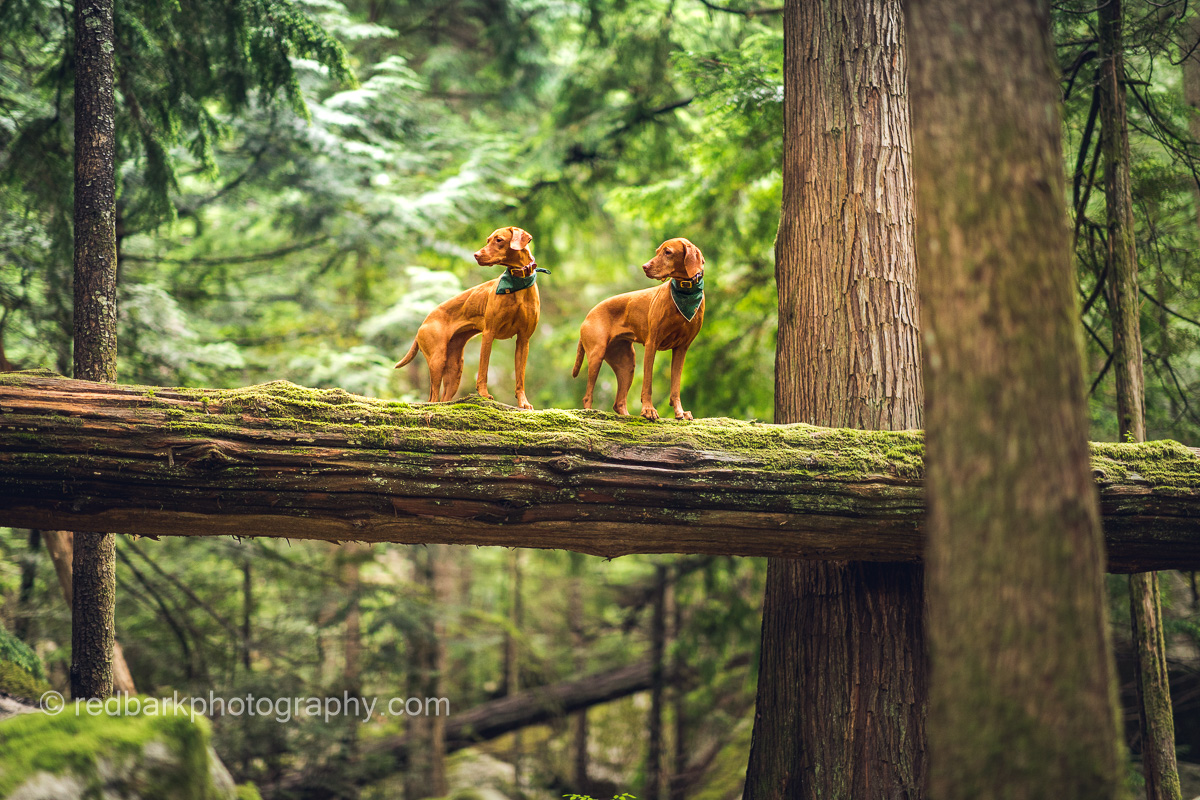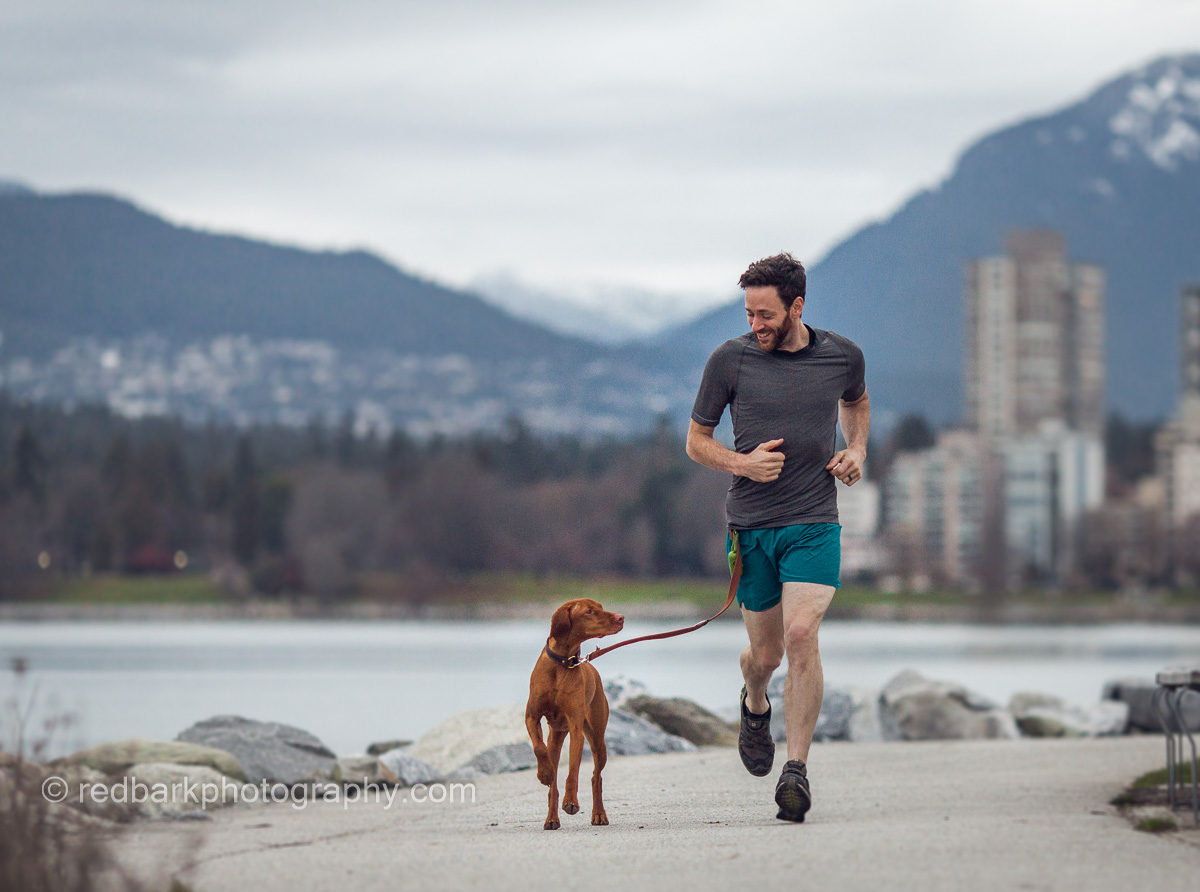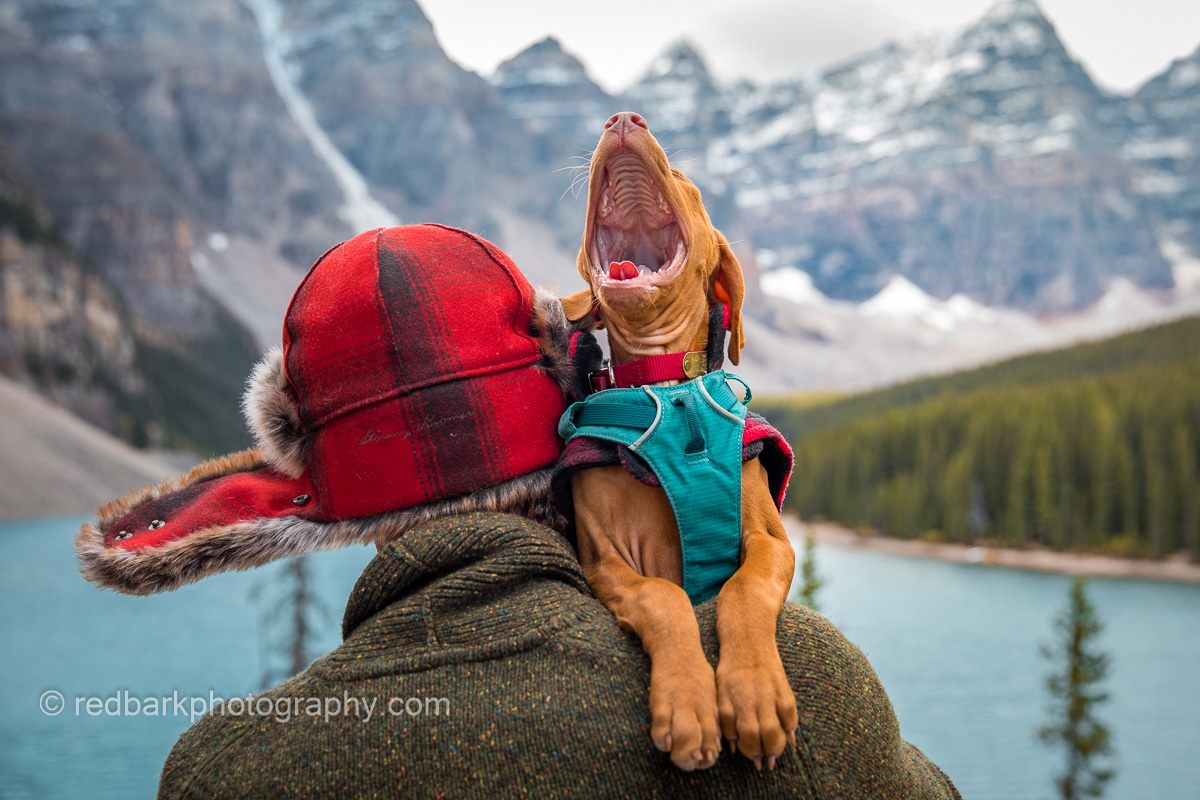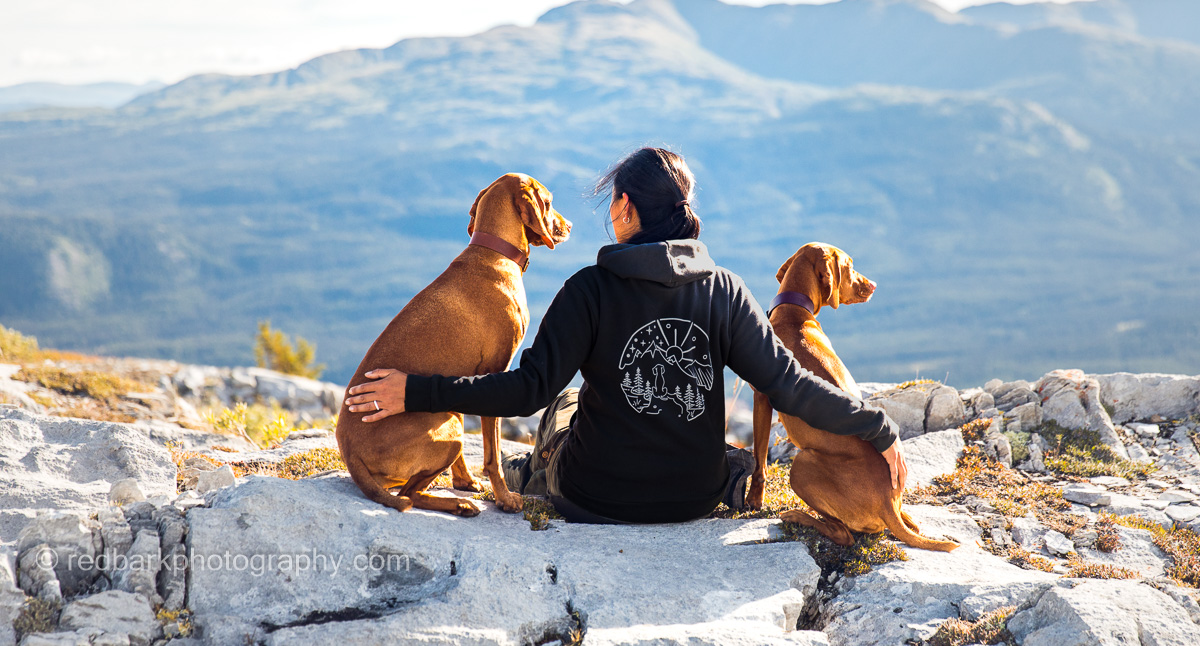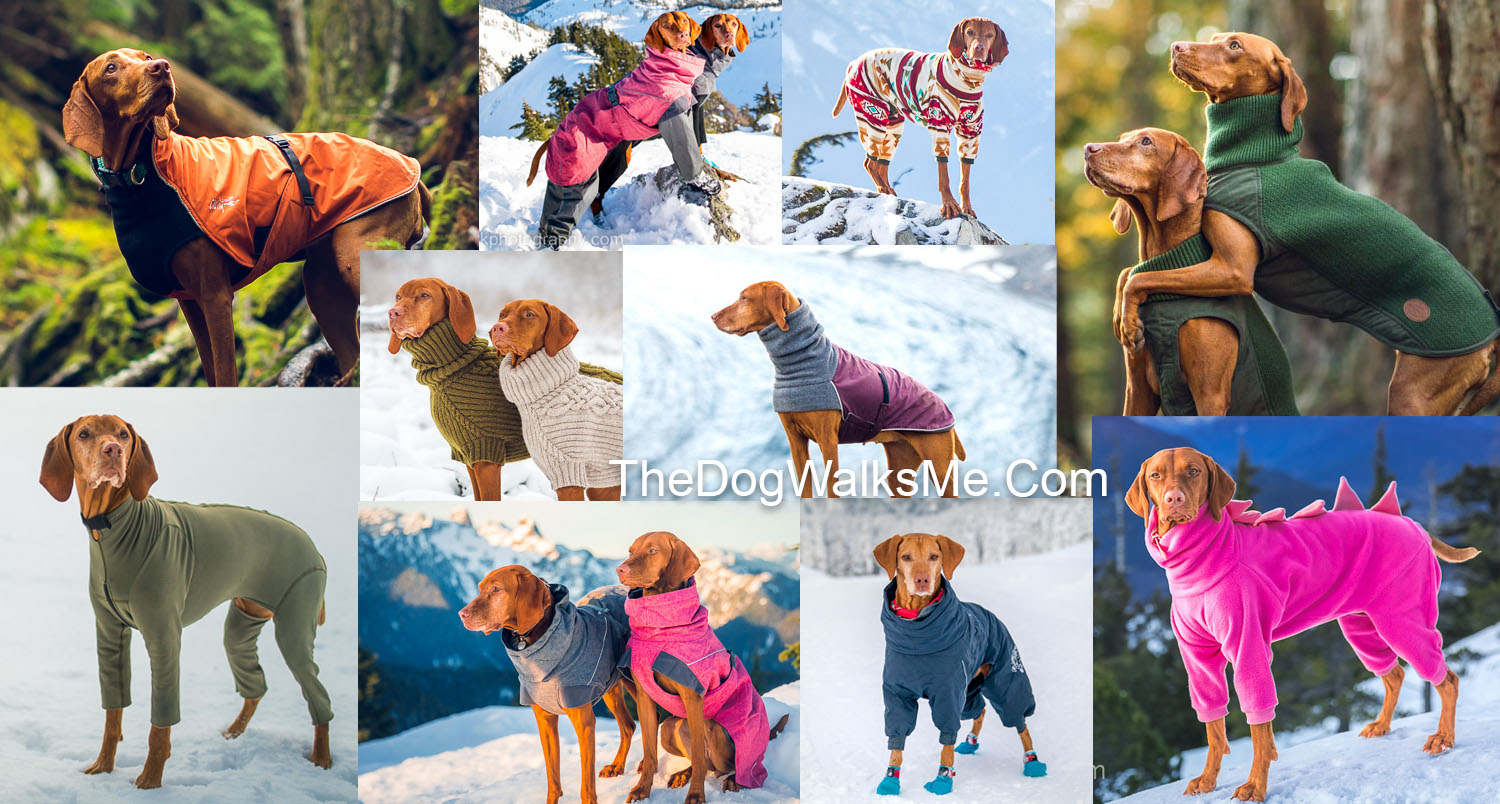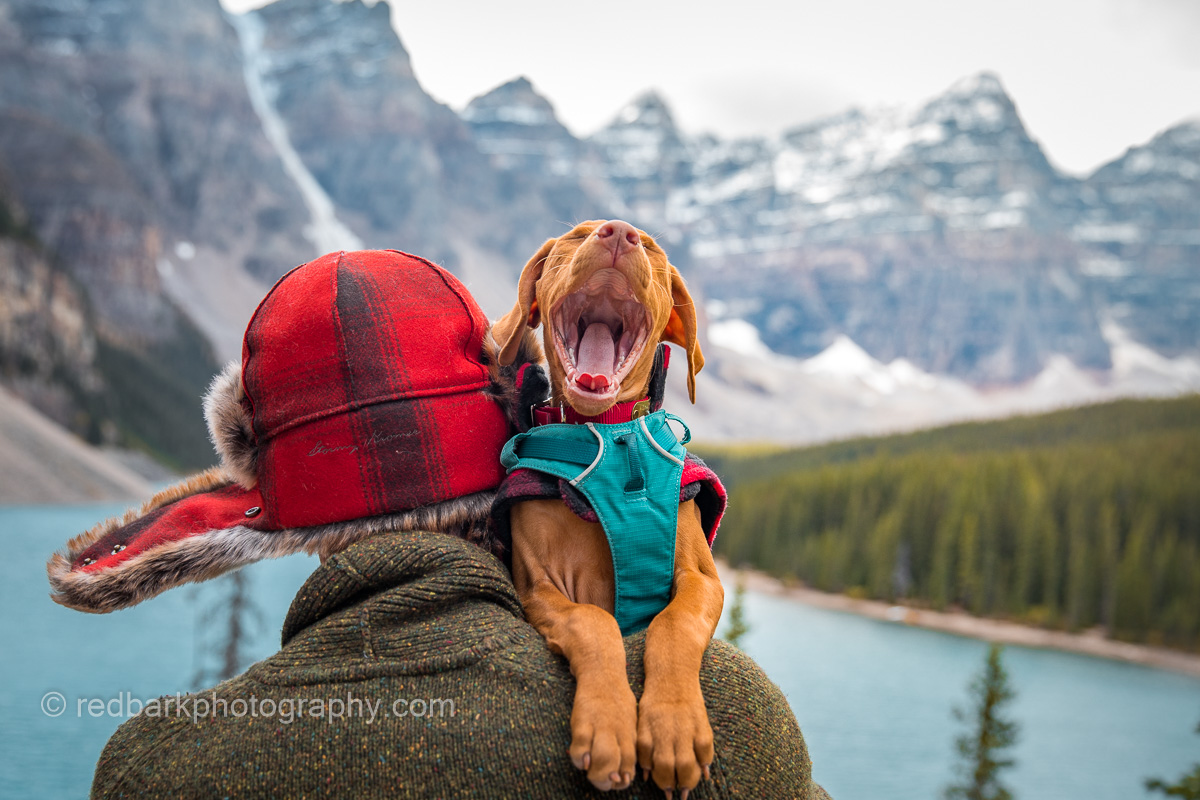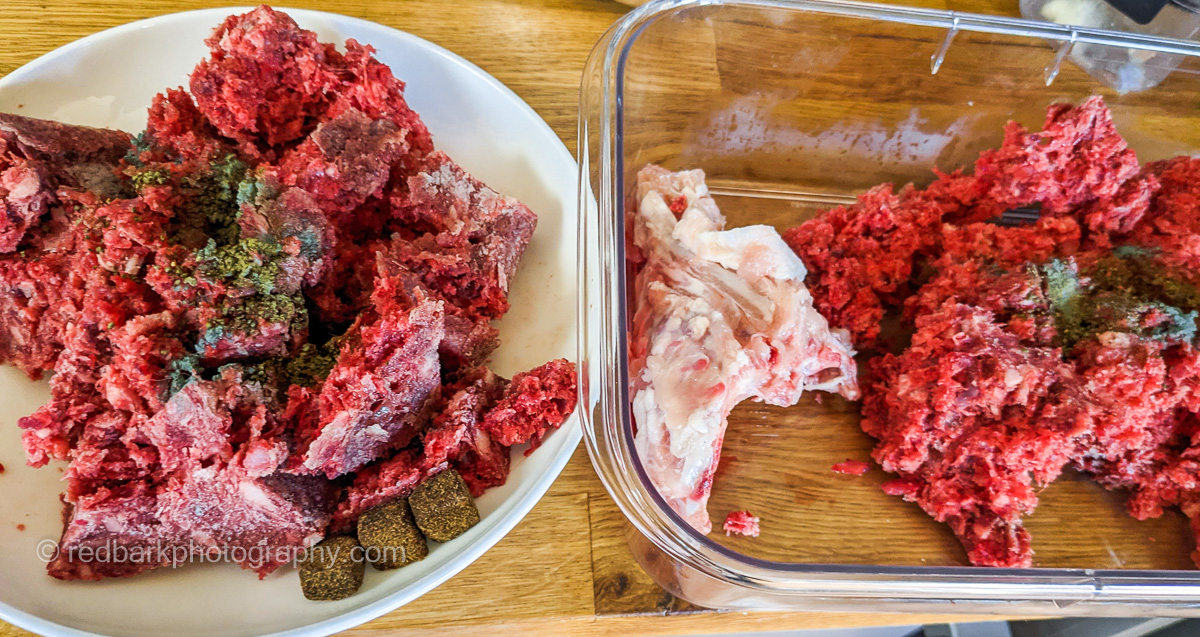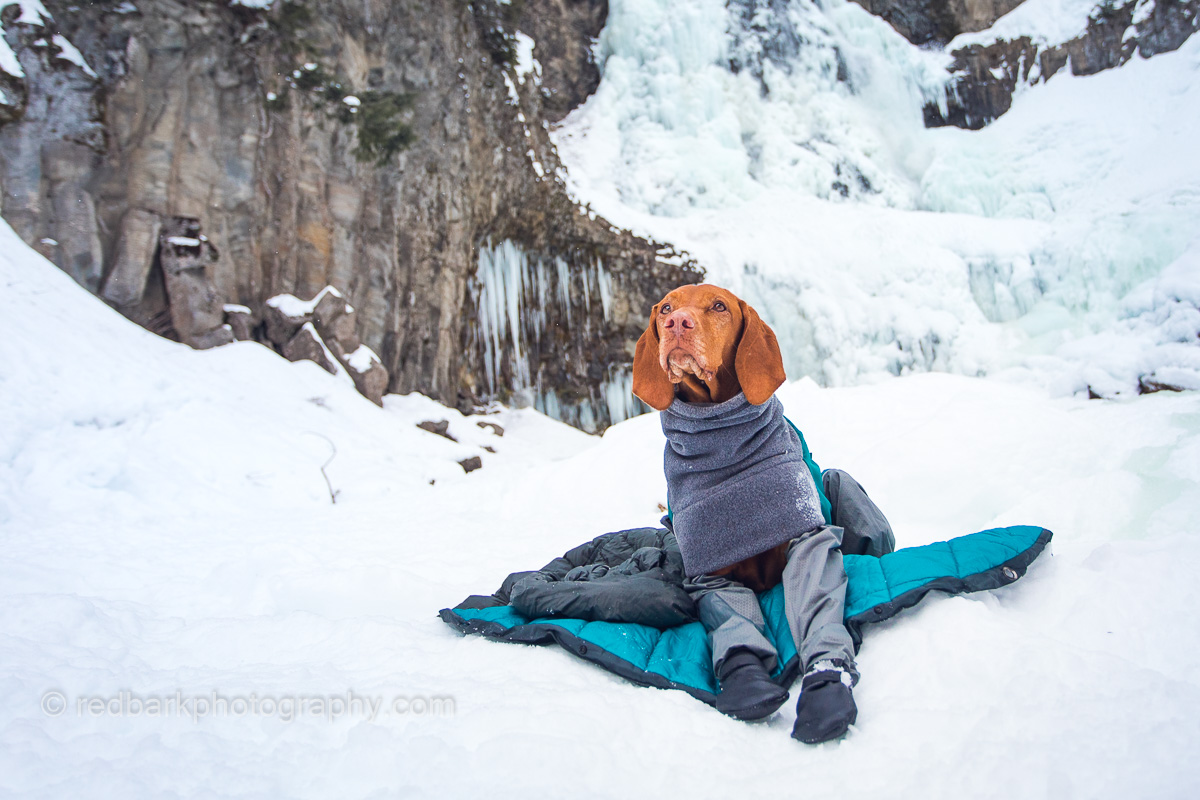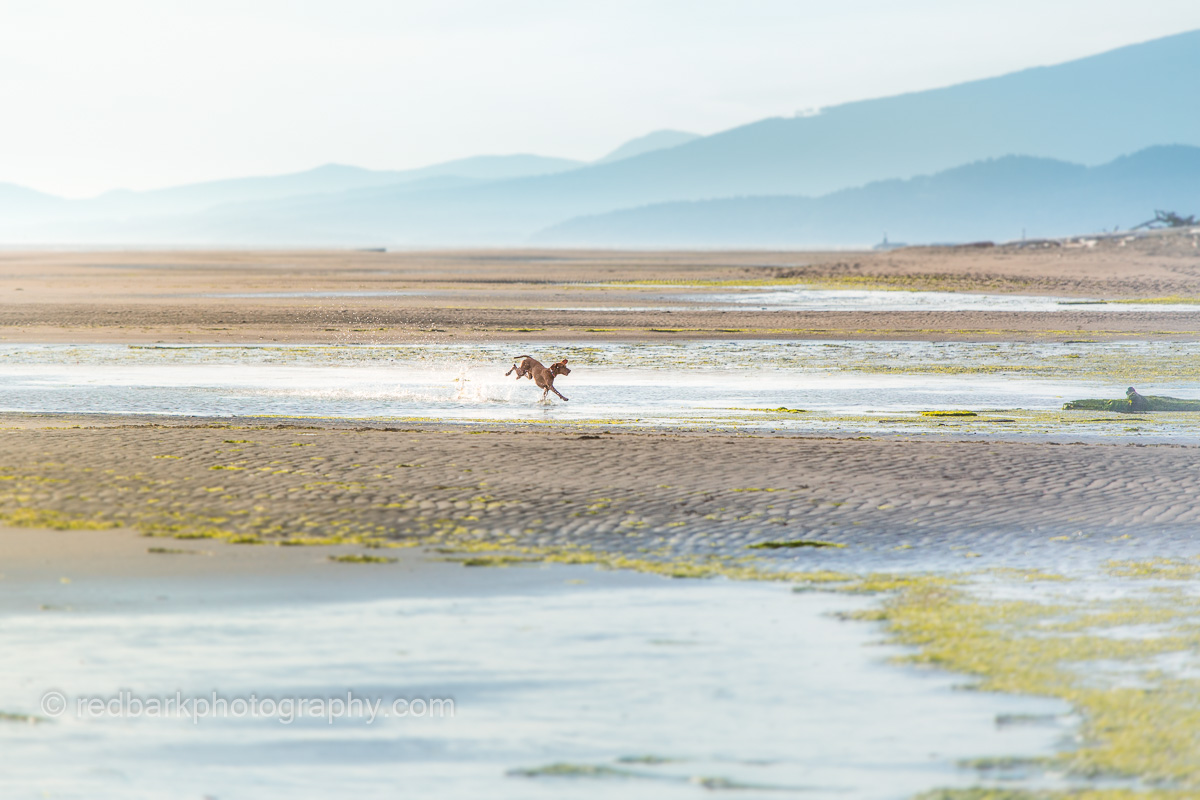Here’s the Vizsla basics, the Vizsla FAQs, the starting block, the page that answers questions about the Hungarian Vizsla you didn’t know you would be asking

Breed: What is a Vizsla?
Where is a Vizsla from?
Vizslas originated from Hungary and is their national dog. They’re from the Magyar tribes, then owned by warlords and then the aristocracy (sometimes they’re called the Magyar Vizsla). The noble dog almost went extinct after civil and world wars and were thankfully saved and are now very popular with a devoted following in both Europe and North America (as well as Australia). Vizslas are one of the best pointer-retriever dogs that need to be part of the family and does not do well living in a kennel.
What is a Vizsla a mix of?
Vizslas are one of the oldest breeds and have actually been used in development of other breeds. Weimaraners, German Shorthaired Pointers, and many other breeds have had the Vizsla bloodlines to thank.

Can you get a miniature Vizsla?
No, Vizslas are only recognized in one size and are bred to a standard. Here’s more information about the breed standard and what ethical breeders aim for. There are variations of course, and dogs that are larger or smaller in certain litters.
What group does Vizslas belong to?
Vizslas are part of the Sporting Group. Sporting dogs are well rounded companions. Vizslas are extremely versatile dogs that are used for hunting, various dog sports, rescue work, detection, and therapy. They are natural pointers and retrievers.

Are Vizslas hypoallergenic?
No, in short they are not but they do not shed very much and their hair does not clump up in visible balls. Overall the breed does not produce a high amount of allergens compared to other breeds but some allergic people can tolerate these dogs.
What size is a Vizsla? How much does a Vizsla weigh?
Here’s a detailed blogpost I wrote about the size and weight of Vizslas

What is the life expectancy of a Vizsla?
Vizslas tend to live from 12-15 years. They’re overall a healthy breed, although this will vary depending on the breeder. Please find an ethical breeder that breeds for health (both physical and mental).
How fast is a Vizsla?
Vizslas have been said the be the second fastest breed (to greyhounds) depending on what you read. Individuals have been clocked at 40mph/65kmph! Vizslas are even faster than other breeds over uneven ground. No matter the exact speed and how they’ve been calculated, Vizslas are extremely fast dogs and have the endurance that greyhounds do not. This makes for great difficulty and can be dangerous if you do not have the ability to recall your dog. On the other hand, they’re wonderful for active runners, bikers, and hikers.
Do Vizslas eyes stay blue? When do Vizslas eyes turn brown?
No, Vizsla puppies are born with blue eyes that turn green, then finally amber. The full amber coloring may come quicker at 6 months or take up to 2 years. Ask your breeder about the parents and you might have a better idea of the timing although grown does also depend on the health of the dog.

Vizsla Temperament
Where do you buy a Vizsla? How do I get a Vizsla?
Typically there are the choices of a breeder, or a rescue. I really don’t recommend a rescue unless you have experience with dogs, especially this breed if the rescue is showing behavioral issues. I do see rare cases of young Vizslas being given up because they are too energetic or senior Vizslas because they’re just no longer wanted. Well bred Vizslas should go back to their breeders to be rehomed but it’s not always the case. If you’d like a Vizsla puppy, a breeder would be where to look and here’s more on finding a breeder.

Do Vizslas bond to one person? Do they have a favorite person?
I don’t typically see this as the case, although if one person is the main caretaker and trainer, it would be logical for the Vizsla to bond better with that person. It’s typical of the breed, and my own dogs to love people and for them to gravitate towards people, even strangers if they seem friendly.
Do Vizslas fetch?
Vizslas are bred to point and retrieve although not all puppies will have a natural fetch. Some may, and others might have to be taught. Whiskey did not naturally fetch but once I taught her, she became obsessed. Bourbon will only fetch when she thinks it’s her idea to play a game inside the house.
Will my Vizsla run away?
What is “running away”? Like most hunting breeds, Vizslas tend to have prey drive and are interested in tracking scents. They are friendly social dogs that do like to say hi to other people and other dogs and explore their environment. As an intelligent and energetic breed, Vizslas can get bored and lonely and find their fun elsewhere. Vizslas can also fixate on prey and chase deer, birds, or other prey for long distances. Lastly Vizslas are a sensitive breed that can have anxiety or be frightened if not properly socialized to sounds or events and run off to escape, or to find their owners if separated. So, yes there reasons that a Vizsla may leave you, it is a matter of understanding why, and mitigating the issues.

Do Vizslas whine alot?
Vizlsas are intelligent, opinionated, sensitive, and affectionate. If they are not receiving the attention or treats, or life that they feel like they need, they will inform you so. My two girls rarely whine, we have a communication between us that is clear and does not involve whining but if I encouraged it, I’m sure there would be much whining in the house!
What food is best for a Vizsla? What should I feed my Vizsla?
Food is such a hot topic! There is kibble (and a HUGE variety of quality and types), canned food, home-cooked, commercial raw food, and DYI raw food. There’s also lots of options in-between. My suggestion is to ask your breeder, your vet, experienced owners with a history of healthy dogs, canine dietitians and research scientifically peer reviewed papers. Lastly, know and see what works with your dog. If the poop is mush, if the coat is dull, skin is itchy, and the energy level low, there is a problem. Don’t feed something your dog does not digest well, even if it’s the most recommended food of the month. Feed what your dog does well on, what you can afford, and you can always throw in some healthy leftovers too!

How long until Vizslas are grown adult dogs?
Vizslas are pretty much physically fully grown at 1.5-2 years old. However, sometimes their brains take a bit longer to catch up. Some Vizslas take longer to mentally mature than others. My eldest Vizsla was a super mature puppy that had the temperament of a senior. My youngest Vizsla Bourbon is still puppy-brained at 2.5 years old (although sometimes she seems like an adult, other times she’s full puppy).
What’s wrong with my Vizsla?
Is my Vizsla depressed?
Has there been a large change in your Vizsla’s temperament? If your habits have not changed, take stock of what may have changed. Vizslas are very sensitive to emotions and their environment and can pick up on changes you may not realize. If you’re certain nothing has changed but your Vizsla is not eating, low energy, shaking, or scared, or just not loving life like before, perhaps it’s time to go to the vet.

Why does my Vizsla grumble?
Vizlsas are intelligent, opinionated, sensitive, and very needy. They love to communicate their needs and wants and can sometimes be considered a very “human” dog. Look into their eyes and see their expressions and tell me you cannot tell what they’re thinking! Vizslas grumble and talk to communicate with you and others.
Why is my Vizsla shaking?
Assuming your Vizsla is not shivering (this breed only has one coat of hair so gets cold very quickly), there can be many reasons your dog is shaking. Fear is usually the most obvious one, followed by anxiety. Sensitive individuals will shake more than others. Bourbon, my youngest shakes all the time. She shakes when she’s scared (when there’s a loud BANG), when she anticipates something bad happening (when we go to do her nails), and when there’s too much pressure put on her and she is not comfortable (at a competition or at a new equipment). Bourbon’s also noticed that when she shakes, she gets love and attention from humans, so sometimes she shakes to avoid working, to get what she wants, and to manipulate strangers into liking her and giving her attention. This last point is not very typical of the breed, but it is my experience!
Do Vizslas bite?
Any dog can bite if cornered and pushed to it’s limits. Vizslas are not known as an aggressive breed that have bite issues however, but any anxious fearful dog that is abused or at it’s limits without other options (like running away) may potentially bite. Poorly bred Vizslas can have aggression in their bloodlines (I’ve known of several), and Vizslas that have had trauma and have been previously attacked can also bite.

When do Vizslas stop chewing?
Assuming we are speaking about puppy chewing, the sharkies usually end once the adult teeth have come in. Here’s a diary of my experience.
How do I wear out my Vizsla?
Vizslas are one of the most energetic breeds, so hopefully you have selected this breed because you wanted the energy! There’s usually two routes to go and much in-between. There is the physical route, where you can run your Vizsla, and the mental where you can train your Vizsla. Interestingly enough, my Vizslas tired out much quicker from engaging in mental training over physical. Of course there are lots of activities that bridge both, like agility, or search and rescue, so the options really are endless. My advice is to get two things done at once. If you need to tire a Vizsla out that is in recovery or injured, do some canine conditioning with target plates or wobble boards to increase strength at the same time. If you have a young healthy Vizsla, work on recall with a long line around other dogs, or people or even birds.

